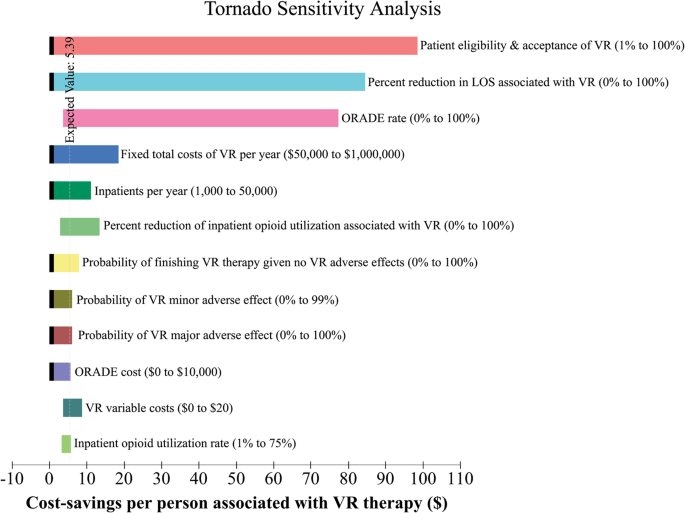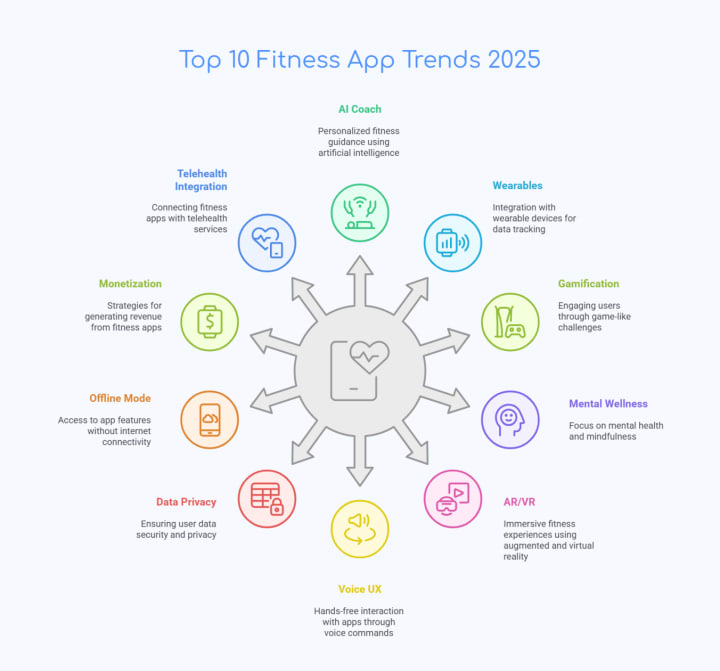
Vr Hardware Cost Analysis: Unlocking Budget Insights
Are you curious about the true cost of diving into the world of virtual reality? Whether you’re a tech enthusiast dreaming of immersive experiences or a business owner considering VR for your company, understanding the expenses involved is crucial.
The price tag on VR hardware isn’t just about the upfront cost; there are hidden expenses and value propositions that might surprise you. By delving into a comprehensive VR hardware cost analysis, you’ll be equipped to make informed decisions that align with your budget and expectations.
Stick with us, and discover how to maximize your investment in VR technology without breaking the bank.

Vr Hardware Market Landscape
Many types of VR hardwareexist today. VR headsetsare popular. They help people see in 3D. They range in price. Some are cheap. Others cost more. Gaming VR headsetsare very popular. They offer great experiences. High-end headsetscost more. They have better features. They give more realistic views.
Budget headsetsare affordable. They are good for beginners. They may not have the best quality. But they are good to start with. Standalone VR devicesdo not need a computer. They are easy to use. These can be expensive. But they are convenient. They are good for traveling.
VR accessoriesalso add costs. Controllers are needed for games. These can be pricey. But they improve play. Tracking systemsare important too. They help in movement. They make VR more fun. People spend more money on these tools.
Key Components Of Vr Systems
VR headsets are the main part of any VR system. They are worn on the head. Some have screens inside. Others use phone screens. Prices can vary a lot. High-end headsets are expensive. They give better graphics. Cheaper ones are more basic. They might not be as clear. Popular brands include Oculus and HTC.
Controllers help you interact with VR worlds. They are like game controllers. Some have buttons. Others have triggers and sensors. They track hand movements. Controllers can be wired or wireless. Good controllers make games more fun. Prices depend on features. Some are bundled with headsets. Others are sold separately.
Tracking systems follow your movements. They use sensors or cameras. Tracking systems can be inside the headset. Or outside in the room. More sensors mean better tracking. This is important for immersion. Costs depend on the method used. Some are very advanced. Others are basic and cheaper.
Price Range Of Leading Vr Brands
High-end VR gear costs a lot. Top brands like Oculus and HTC offer models over $800. These models have amazing graphics. They have smooth motion sensors. Perfect for serious gamers. The experience feels real. But, they are expensive.
Mid-range VR sets are more affordable. Brands like Lenovo and Samsung offer these. Prices range from $300 to $600. They give good graphics. Ideal for casual gamers. Easy to set up and use. A balanced choice for many.
Budget VR options cost less. Companies like Google and Sony make these. Prices are under $200. They are simple and fun. Not as fancy as high-end models. Great for beginners or kids. A good way to start in VR.
Cost Factors Influencing Vr Hardware
VR hardware costs depend on the technology and features. Advanced sensors and graphics increase costs. Better resolution and refresh rates mean higher prices. Wireless features add to the expense. Eye-tracking and hand-tracking need more investment. Simple devices cost less.
Popular brands often ask for higher prices. Known brands charge more for their name. They might offer better quality and support. New brands might have lower prices. Brand loyalty can affect buying choices.
Market demand influences VR hardware prices. High demand can push prices up. More people want VR for games and learning. Limited supply can raise costs. When demand drops, prices may go down. Supply chains also affect costs.
Hidden Costs In Vr Setup
VR gear often needs special software. This software can be expensive. Some programs need monthly subscriptions. These costs add up over time. Many VR games and apps have fees. Buying these can be pricey. Free apps may have fewer features. Always check if there are hidden fees.
VR equipment can break or wear down. Fixing it costs money. Sometimes, parts need upgrades. These upgrades keep the VR running smoothly. New updates can make VR better. But they cost money too. Always save for these costs. Regular checks help avoid surprise expenses.
Extra items make VR more fun. Things like headphonesor extra sensors help. These are not always included. Buying them adds to the total cost. Some people buy better controllers. Others get special chairs for comfort. Each accessory has a price. Choose wisely to stay within budget.

Budgeting For Vr Hardware
Understand what you need. List your priorities. Decide on features. Consider the space available. Choose hardware that fits your needs. Think about how often you will use it. Pick options that match your gaming style. Balance quality and cost. Remember that high-end is not always needed. Focus on what matters most to you. Avoid buying extras that you won’t use. Save money where possible. Select wisely.
Look at different VR hardware options. Compare brands. Check reviews. Study specs. Evaluate features. Find the best fit for your budget. Notice differences in quality. See what others say. Weigh pros and cons. Explore various models. Understand the costs involved. Choose the option that suits you best.
Search for discounts online. Watch for sales. Check stores for deals. Look for bundles. Use coupons if available. Ask friends for tips. Join forums for advice. Keep an eye on prices. Seek out special offers. Wait for holiday deals. Never pay full price if you can save. Find ways to cut costs.
Future Trends In Vr Hardware Pricing
New technology makes VR gear cheaper. Smaller parts cut costs. Better screens improve experience but can be pricey.
Faster processors make headsets more affordable. Battery life gets longer, saving money. These changes affect VR hardware pricing.
More companies make VR gear. Competition helps lower prices. Brands fight for customers, so they drop costs.
New players enter the market. They offer cheaper alternatives. This trend affects VR hardware pricing.
More people buy VR gear. Higher demand can raise prices. But mass production lowers costs.
Adoption rates change pricing. Sales increase, leading to discounts. VR hardware pricing adapts to consumer needs.

Frequently Asked Questions
What Is The Average Cost Of Vr Hardware?
The average cost of VR hardware varies widely. It ranges from $300 for basic models to over $1,000 for high-end systems. Prices depend on features, brand, and technology. Researching different models can help find one that fits your budget and needs.
How Does Vr Hardware Pricing Differ By Brand?
Different brands offer varying prices for VR hardware. Popular brands like Oculus and HTC have premium pricing due to advanced features. Other brands may offer more budget-friendly options. Comparing features and customer reviews can help determine the best value for your investment.
Are There Budget-friendly Vr Hardware Options?
Yes, there are budget-friendly VR hardware options available. Brands like Oculus Quest offer affordable models with decent features. These options provide a good entry point into VR without breaking the bank. Ensure to check specifications to meet your requirements before purchasing.
How Does Vr Hardware Quality Affect Cost?
VR hardware quality significantly impacts cost. High-quality systems with advanced features typically cost more. Premium models offer better graphics, comfort, and performance. Investing in quality can enhance your VR experience. However, mid-range options can still provide a satisfying experience at a lower cost.
Conclusion
Analyzing VR hardware costs helps you make informed buying decisions. Prices vary widely, depending on features and brand. Basic models offer an affordable entry point. High-end options provide advanced experiences at a premium. Consider your budget and needs before purchasing.
Remember, technology evolves quickly. New models might soon hit the market. Keep an eye on future trends for better deals. Investing in VR hardware can enhance gaming and entertainment. Choose wisely for the best value. Your choice affects your virtual experience.
Make sure it aligns with your expectations and budget.
Read More:
- Noise‑Cancelling Headphones Comparison: Ultimate Guide
- Time Management Apps Compared: Boost Your Productivity
- Ai Chip Market Growth 2025: Unveiling Future Trends
- Best Cloud Storage Services 2025: Top Picks Revealed
- Essential Tech Gadgets for Digital Nomads: Must-Have Tools
- Top Productivity Tools for Remote Teams: Boost Efficiency
- Ergonomic Home Office Setup Tips: Boost Comfort & Productivity
- Optimize Photoshop for Faster Editing: Speed Up Workflow


